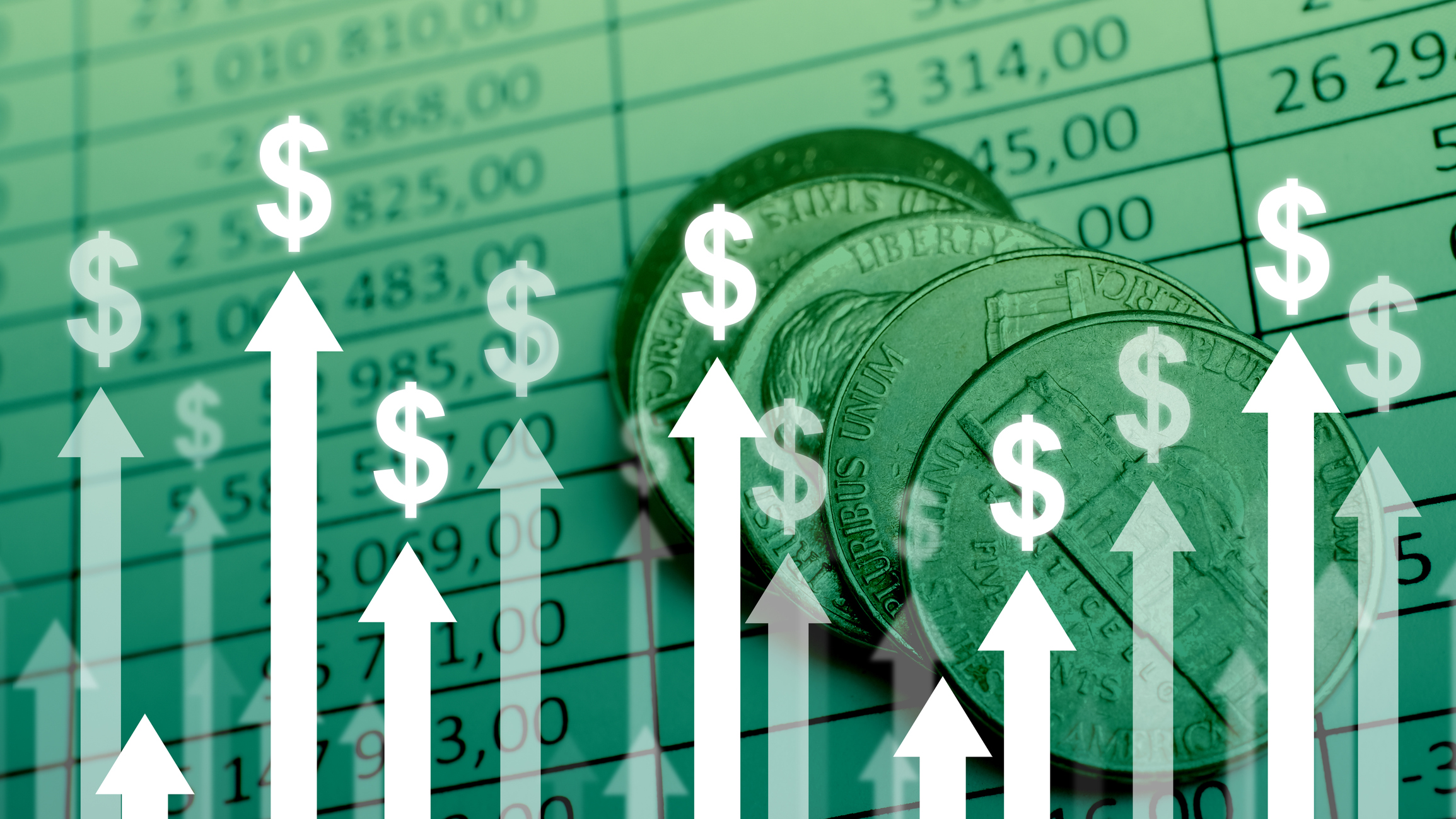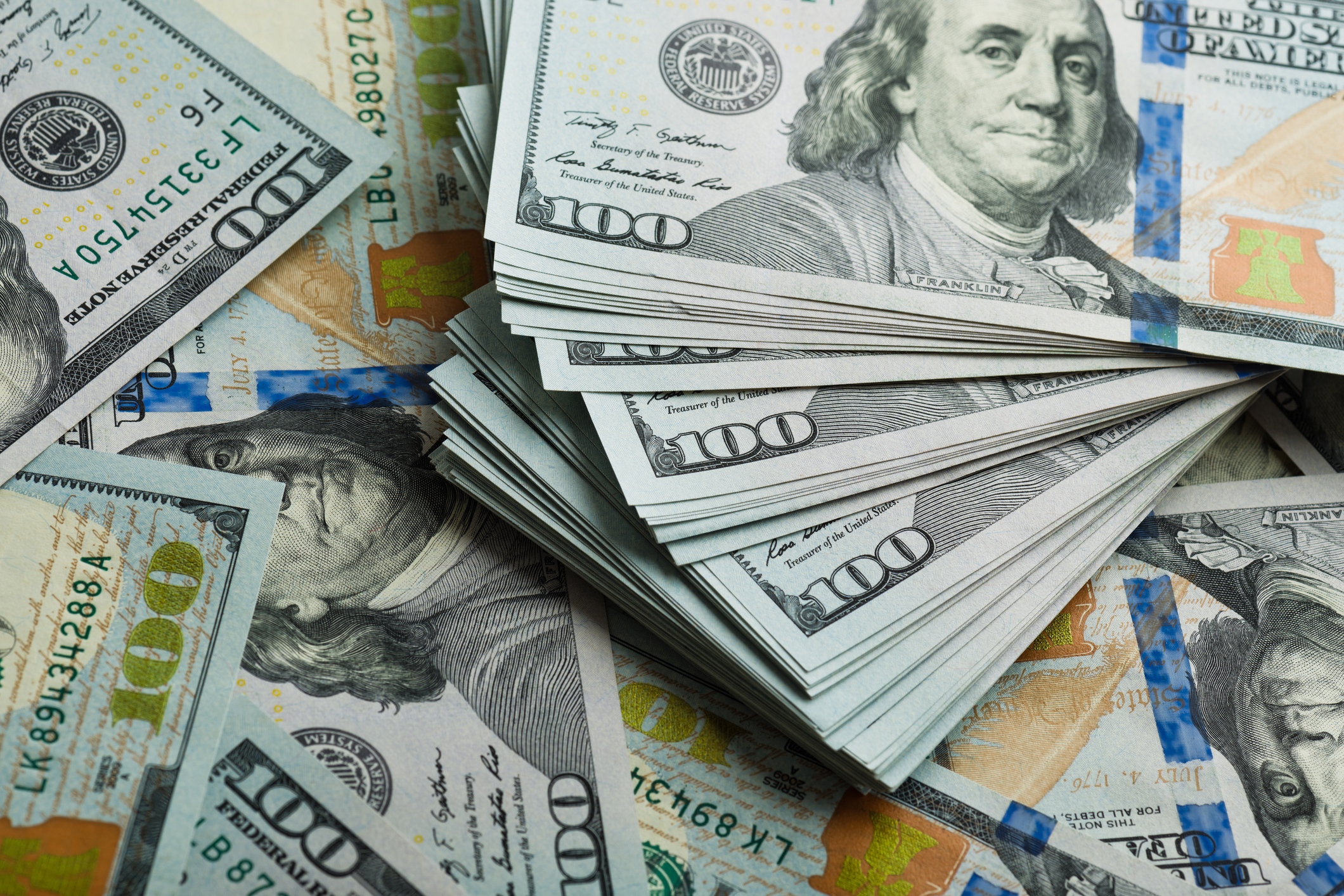Whether you're evaluating a new potential investment or simply letting your curiosity run, understanding how saturated a market really is can be a great piece of information to have. That's what the Herfindahl-Hirschman Index is all about -- giving you a little insight into market diversity.

What is the Herfindahl-Hirschman index?
Any time a new company is being formed, or a merger is making two into one within the same industry, it's really important to understand the competitiveness of an industry, both before and after. There are several ways to judge this, but a common tool is the Herfindahl-Hirschman Index (HHI).
Using the HHI, you can tell relatively easily if the market is competitive, or if there are a couple of big players that dominate the industry. For an investor or a new business, this can help guide your strategy.
How do you calculate the Herfindahl-Hirschman index of an industry?
Calculating the HHI is pretty simple. Follow these steps:
- Identify all the players in any given industry or industry segment.
- Determine the market share of each company as a percentage.
- Take each market share, multiply by 100, then square it (if a company has 10% market share, square 10, not 0.10).
- Add the squared numbers together. If you have 10 companies, add all 10; if you have 50, add all 50.
If you prefer a formula, it looks like this:
(Percent Company 1 Market Share x 100)^2 + (Percent Company 2 Market Share x 100)^2 + (Percent Company 3 Market Share x 100)^2 + … (Percent Company n Market Share x 100)^2 = HHI
So, for example, if you have three companies with the following market saturation, you'd do the math like so:
Company 1: 33%
Company 2: 10%
Company 3: 57%
(33^2) + (10^2) + (57^2) = HHI
1,089 + 100 + 3,249 = 4,438
But let's say you have nine companies instead:
Company 1: 20%
Company 2: 10%
Company 3: 19%
Company 4: 15%
Company 5: 10%
Company 6: 10%
Company 7: 5%
Company 8: 5%
Company 9: 6%
(20^2) + (10^2) + (19^2) + (15^2) + (10^2) + (10^2) + (5^2) + (5^2) + (6^2) = 1372
The number of companies and their percent control of the market really makes a huge difference when calculating this index.
How to use the Herfindahl-Hirschman Index
Once you've calculated the HHI for your industry or industry segment, it's a simple matter of comparing the number you get with the general guidelines that have been established to tell you if the industry is saturated. You can, in theory, have a number ranging anywhere from a very small fraction approaching zero to 10,000.
There are different guidelines to interpret this number, with a rule of thumb saying that less than 1,500 is competitive, between 1,500 and 2,500 is moderately concentrated, and anything above 2,500 is highly concentrated. The U.S. Department of Justice's antitrust division uses slightly different numbers.
In a Jan. 17, 2024, update, the Justice Department outlined the following criteria for the HHI:
- Below 1,000: Competitive.
- 1,000 to 1,800: Moderately concentrated.
- 1,800 or more: Highly concentrated.
Any merger or acquisition that increases the HHI by more than 100 points in an already highly concentrated market is assumed to enhance the market power of that newly formed company, per the guidelines jointly issued by the Department of Justice and the Federal Trade Commission.
Related investing topics
Limitations of the Herfindahl-Hirschman Index
Although the HHI is a great tool that is widely used to determine market saturation, it's not without its problems. For example, it can completely ignore local monopolies if each company in the industry operates exclusively within limited geographical zones.
It might also not throw up a red flag if one company in the industry completely corners the market on a specific tool or product without overpowering the entire market with a monopoly. In that case, the HHI can't detect a problem since it's buried in the wider industry data.
All in all, though, the HHI can give you a good overview of what the industry looks like, how competitive it could be, and if there's room for more companies, if a company is holding what is essentially a monopoly, and so forth. You'll have to dig a bit deeper as an investor to see if the HHI holds for your investment in particular.


















